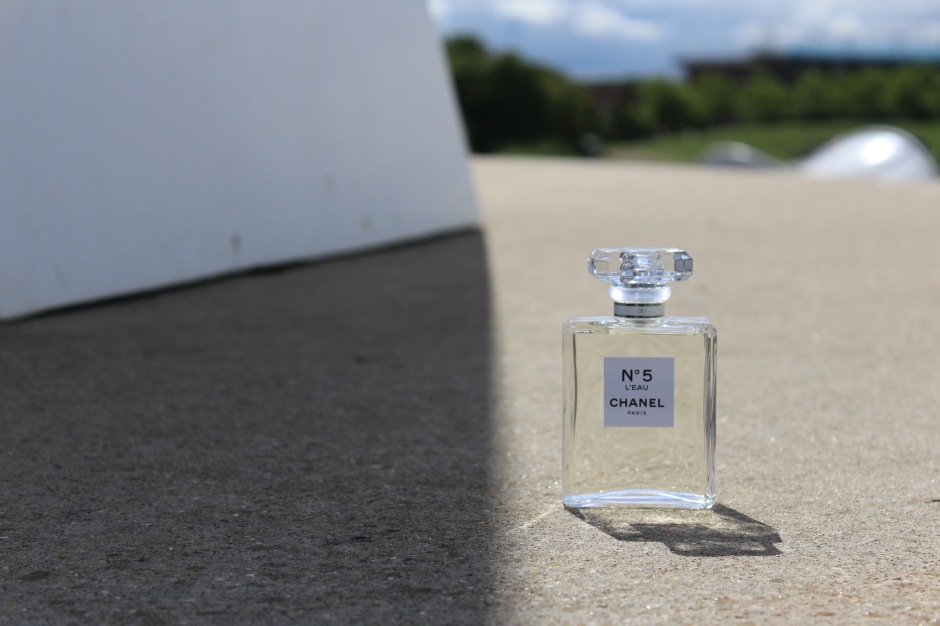
There’s always a sense of unease amongst the perfume-appreciating public when a brand announces that they are tinkering with a classic and presenting it in a new guise. Teeth are clenched, short breaths are inhaled and noses are on guard, all held in hope that whatever this new fragrance child turns out to be, it lives up to the high standards set by its forbearer. Personally, I’m not so precious about the classics and I view these remixes as being similar to the remake of an iconic film. Just because something is being remade, doesn’t mean that every single copy of the original will be deleted. The classic will still be there so if the new version doesn’t resonate, that’s fine, one still has their classic to enjoy. So yes, brands can remix and remake as much as they like because you know what? The results can often be quite interesting indeed (case in point: Shalimar Parfum Initial).
I say all of this because CHANEL are just about to launch Nº5 L’EAU, an entirely new interpretation of none other than Nº5, arguably the most famous perfume in the world. L’EAU comes as the first rehash of Nº5 under the penmanship of Olivier Polge, CHANEL’s latest in-house perfumer, who took the reigns in 2015. This however, is not the first rebirth of Nº5, which has seen a number of incarnations in its time, starting as an Extrait composed in 1921 by Ernest Beaux before the perfumer revisited the composition to create an Eau de Toilette just two years late in 1924. Under perfumer Jacques Polge’s tenure, we saw an Eau de Parfum concentration composed in 1986 in addition to an ‘Eau Première’ version which followed in 2007 as an introductory scent for a younger audience. Now we have L’EAU, a fragrance that is being billed by CHANEL as the Nº5 of today.
“A fragrance for here, now and always” – that’s how CHANEL describe Nº5 L’EAU. The fragrance is a “complete reinvention” of the original but at the same time, the brand is quick to point out that Olivier Polge has been respectful of Nº5’s history whilst he has dissected the formula to see just how it ticks, and rightly so. Nº5 L’EAU looks to the future to create a new Nº5 – a Nº5 for the modern generation. The trick here is to create something new from something so instantly recognisable, to make the known surprising and to not lose the spirit of the composition along the way. So how successful has the exercise in modernising and lightening an olfactory icon been? Well, you’ll just have to read on to find out!









